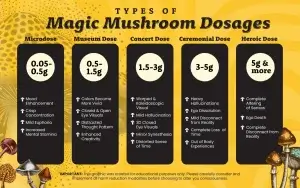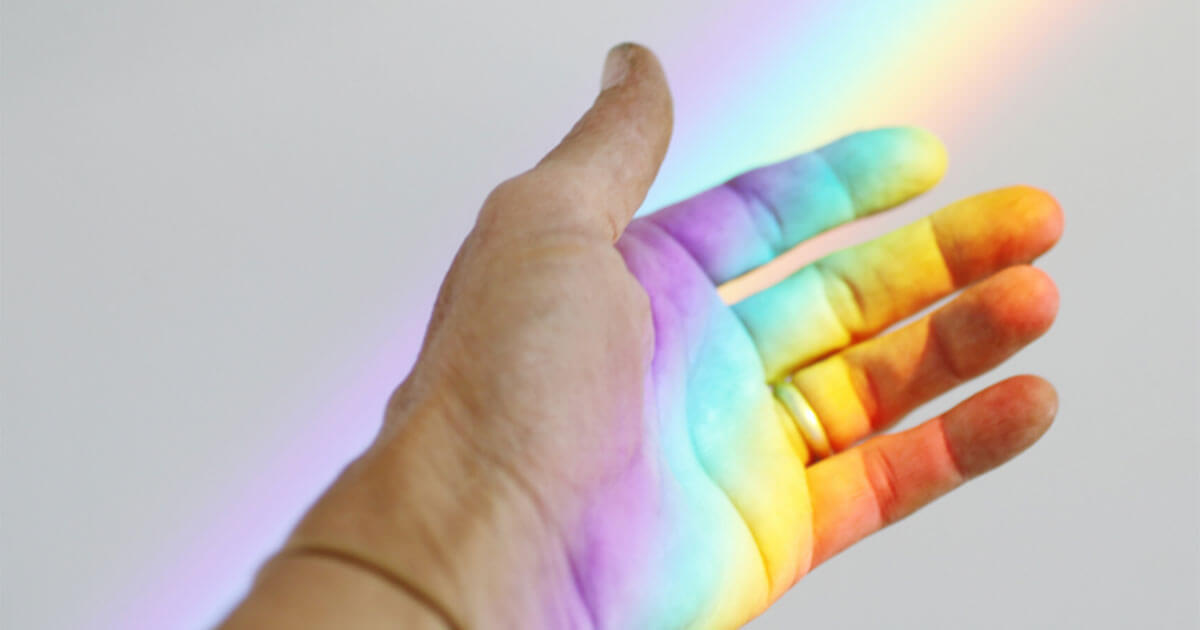Microdosing and Neuroplasticity: The Science Behind Brain Health
In recent years, the practice of microdosing has captured significant attention in wellness communities and scientific research circles alike. This growing interest stems from emerging research suggesting potential connections between microdosing certain substances and enhanced neuroplasticity—the brain’s remarkable ability to reorganize and form new neural pathways.
Understanding Microdosing: A Scientific Perspective
Microdosing involves consuming sub-perceptual amounts of substances—doses so minimal they don’t produce hallucinogenic effects but may offer subtle cognitive and emotional benefits. While traditional doses are used for profound experiences, microdoses work more subtly, potentially supporting daily functioning without significant perceptual shifts.
Ready to dive deeper into mycology? Begin your own microscopy research with our lab-tested spore syringes and discover the fascinating cellular structures for yourself.

Micro Dosing Chart.
The Emerging Science of Microdosing Benefits
Recent scientific exploration into microdosing has revealed several potential benefits worth understanding:
Enhanced Cognitive Function and Creativity
Research suggests microdosing may support improved focus, creative thinking, and problem-solving abilities. A 2023 study published in the Journal of Psychopharmacology found that participants reported enhanced divergent thinking—a key component of creativity—following microdosing protocols.
Emotional Wellbeing Support
Many researchers are investigating microdosing’s potential impact on mood regulation. A comprehensive study from February 2024 explored how microdosing might influence emotional regulation compared to conventional medications, finding promising preliminary results for further investigation.
Focus and Productivity Enhancement
Neuroimaging studies show that certain substances at micro-levels may affect default mode network activity in the brain—the network associated with mind-wandering. By modulating this activity, microdosing might help maintain focus on tasks requiring sustained attention.
Curious about advanced research techniques? Access our comprehensive mycology guides packed with microscopy tips, identification methods, and responsible research protocols.
Neuroplasticity: The Brain’s Remarkable Ability to Change
The most compelling aspect of microdosing research centers around neuroplasticity—our brain’s lifelong ability to reorganize itself by forming new neural connections. This process is fundamental to:
- Learning new skills
- Memory formation and retention
- Recovery from neurological trauma
- Adaptation to changing environments
How Microdosing May Support Neuroplasticity
Recent neuroscience research published in 2024 suggests that certain substances may promote neuroplasticity through several mechanisms:
- Enhanced BDNF Expression: Brain-derived neurotrophic factor (BDNF) acts like fertilizer for brain cells, supporting their growth and connections.
- Increased Neural Connectivity: Studies using functional MRI have observed changes in brain network connectivity patterns following microdosing protocols.
- Neurogenesis Support: Some research indicates potential support for the creation of new neurons, particularly in the hippocampus—a brain region crucial for learning and memory.
Important Considerations for Responsible Research
Before exploring microdosing research, several crucial factors deserve attention:
Legal and Ethical Framework
The legal status of substances often associated with microdosing varies significantly worldwide. Many remain classified as controlled substances in numerous jurisdictions. Always conduct thorough research within applicable legal frameworks.
Educational Approach
A solid understanding of mycology, proper research methods, and safety protocols is essential before beginning any research involving mushroom spores or related materials.
Quality and Safety
For those conducting mycological research, using laboratory-grade materials from reputable sources ensures consistent results and reduces contamination risks.
Support your next research project with verified mushroom strains from Atlas Spores – each specimen carefully collected and preserved to maintain genetic integrity for your microscopic observations.

Current Research Developments
The scientific community continues expanding our understanding of microdosing’s potential applications. Leading research institutions are conducting groundbreaking studies:
- Johns Hopkins University’s ongoing research explores therapeutic applications through carefully designed clinical trials
- Imperial College London’s Centre for Psychedelic Research examines neurobiological mechanisms
- University of California’s studies on cognitive enhancement potentials
Conclusion: A Balanced Perspective on Microdosing Research
The intersection of microdosing and neuroplasticity represents one of neuroscience’s most fascinating frontiers. While preliminary research shows promise, the field remains young, with much to discover about optimal approaches, long-term effects, and specific applications.
For those interested in mycological research, maintaining a scientific approach grounded in education, quality materials, and responsible practices creates the foundation for meaningful contributions to this evolving field.
Ready to observe fascinating cellular structures under your microscope? Browse our extensive library of rare and exotic spore specimens – each carefully documented with strain information and microscopy notes to enhance your research experience.
Disclaimer: This content is provided for educational and informational purposes only. Atlas Spores sells mushroom spore syringes exclusively for microscopy and taxonomy research. Our products are not intended for cultivation or consumption.



